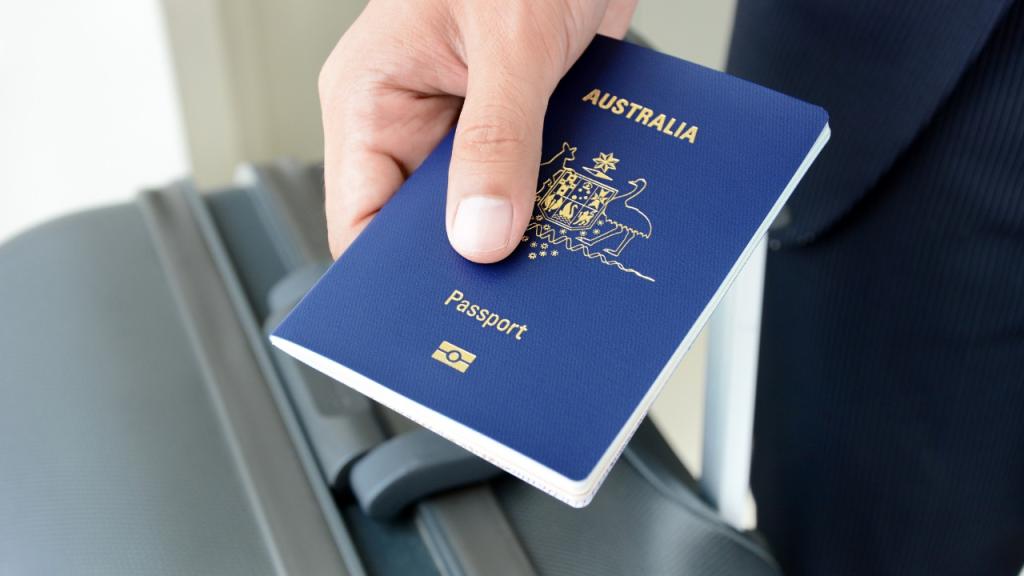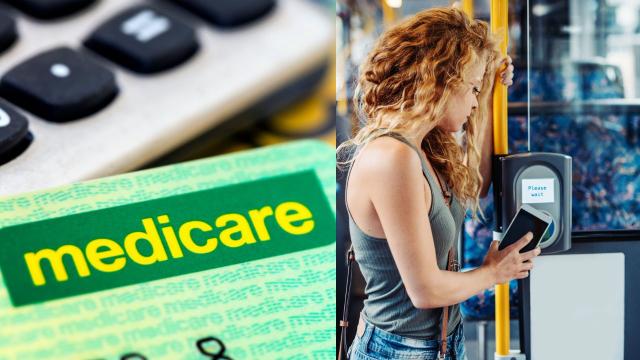January is seen as a new start for everyone, but unfortunately, it’s also a fresh start for the cost of living crisis which is seeing a lot of fees and payment prices increase in 2024.
While some of these are moving in a positive direction (like certain Centrelink payments), a lot of everyday fees are on the rise. Here’s a breakdown of what Aussies will be paying more for this year.
Cost of Living Crisis: What’s going up in price in 2024?
Medicare
The Medicare Safety Net, which provides those who have large medical bills out of hospital with a rebate, is getting an increased threshold this year. This threshold regularly increases in line with inflation, which we all know isn’t great right now.
In 2024, the Original Medicare Safety Net threshold (which covers Gap expenses) is increasing to $560.40. The Extended Medicare Safety Net (which covers out-of-pocket expenses) is rising to $811.80 for those with a concession card or Family Tax Benefit and $2544.30 for all others.
In a nutshell, this means that now you’ll need to spend more before Medicare will give you additional support back.
Read more about the eligibility requirements and increases here.
Doctor’s fees
This increase occurred a few months ago, but will continue into the new year – Australian patients are now paying more to see a General Practitioner after the Australian Medical Association recommended practices raise their prices to match the costs of running a business in 2023.
The recommended price for a non-bulk billed consultation now sits at $102 (prior to the Medicare rebate). GP prices saw three increases throughout 2023.
Read more about the increases here.
Passport prices
From July 1, 2024, Australian passport fees will rise to $373.75 – an almost $50 increase from the current price. Read more on the changes here.
This one doesn’t come into effect until the new year financial, so consider it your reminder to renew or apply for a passport ASAP if you need to.

Public transport
Public transport fees are on the rise as a result of the cost of living crisis. In October, the NSW government confirmed the average price for Opal fares across the network would rise by an average of 3.7 per cent (or around $1 a week). However, to curb this increase, there is a new incentive for commuters with half-price travel fares on Fridays, replacing the half-price trips after eight journeys discount. Read about all the changes here.
In Victoria, Myki fares have also increased as of January 1 at a weighted average of 5 per cent. The daily full fare cap is now $10.60 or $5.30 for concessions.
Electric vehicles
While the price of Electric Vehicles isn’t specifically going up, some of the rebates you can claim on them are ending. This includes the $3,000 rebate offered by the NSW Government and the South Australian Government for EV purchases by residents.
Internet prices
New wholesale prices for the NBN network came into effect on December 1, 2023, adding to our cost of living woes. These prices are a result of a new agreement between the NBN and internet retailers and has impacted the popular 50/20 Mbps plan.
This change has had a flow on effect on retail prices from providers including, Optus, Telstra and Aussie Broadband, who have all increased the cost of their plans.
Streaming services
Then, of course, there are streaming services, pretty much all of which increased their prices or changed their plan structure last year. Netflix, Binge, Prime Video, Disney+ and Paramount+ all saw price increases last year. If you want to know how much it costs to sign up for them all, here’s a breakdown.
Unfortunately, it seems the cost of living crisis will not be slowing down any time soon. Hang in there, pals.
This article has been updated to clarify details on NBN wholesale price changes.
Lead Image Credit: iStock

Leave a Reply
You must be logged in to post a comment.